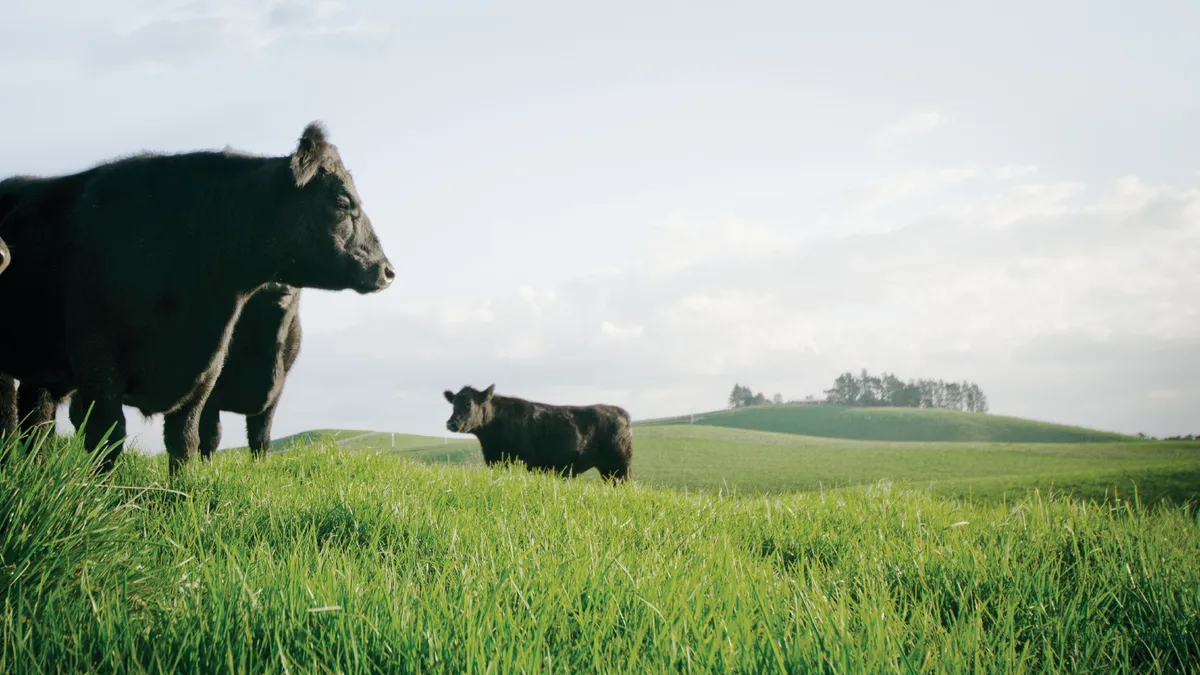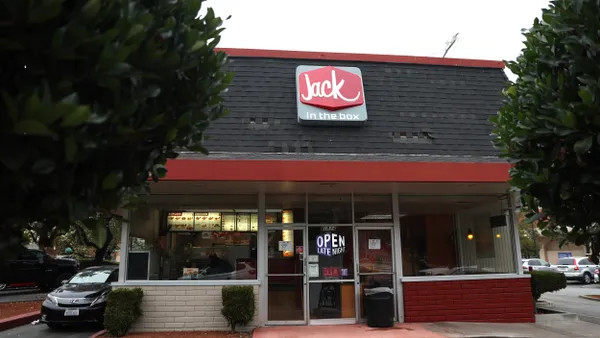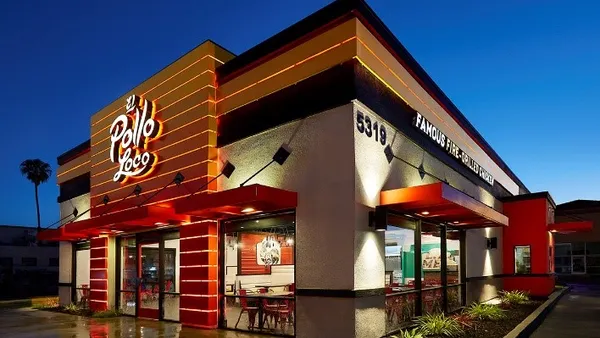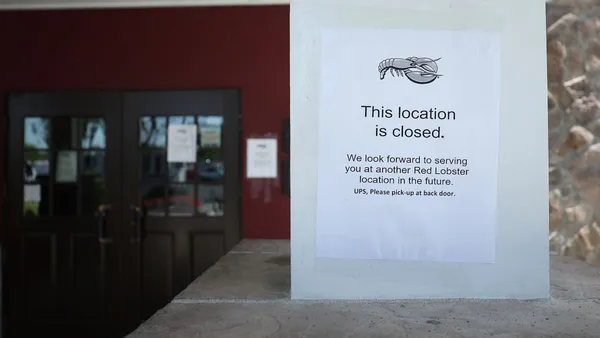Dive Brief:
- Poultry supply is likely to see “substantial” deflation beginning in Q1 2023, while beef prices are expected to increase another 15% and remain high until 2025, according to a BTIG report emailed to Restaurant Dive.
- This outlook is driven by a widespread drought this summer that forced much of the cattle industry to sell their herds early for slaughter, affecting the anticipated herd count next year, BTIG said, citing a call with industry expert Robert Wright.
- BTIG predicts Wingstop will especially benefit from easing poultry prices, while Texas Roadhouse will be most negatively impacted from rising beef prices.
Dive Insight:
Chicken price deflation is likely welcome news for poultry-heavy concepts, as chicken prices have increased by 13% since last year while overall consumer prices increased by 9%. To navigate these pressures, restaurants have increased menu prices by 8% year-over-year as of August.
Some restaurants have also tweaked their menus by promoting dark poultry meat or thighs, which tend to be cheaper than breasts and tenders. Wingstop leaned into a whole bird strategy to manage inflation, adding thighs to its menu in September 2021.
Wingstop will benefit from price declines in bone-in wings, which should enable the chain to avoid additional price hikes while growing margins, BTIG expects. The company had already seen overall food costs fall as of Q2 2022.
Chipotle could roll back menu pricing or offer discounts if price deflation extends to naturally raised chicken, which the fast casual chain typically buys, the analyst predicts. This category can differ from conventional chicken, however. Chipotle has increased its menu prices by over 18% since 2020 to offset inflation. Chicken is present in about 60% of entrees sold by Chipotle and accounts for 20% of food costs, BTIG estimates.
The poultry industry has significantly improved production. Wright notes chick placements have increased to up to 190 million per week from 175 million throughout the past two years. This trend should lead to normal pricing by the spring and a “sharp decline” in the fall 2023, barring the spread of the Avian Flu.
Beef products face a starkly different future with steak likely to see sharp price increases while ground beef will have a slower increase, Wright told BTIG. Texas Roadhouse will likely be most impacted, especially since its menu price increases have lagged behind two-year inflation, BTIG said, adding that it has raised prices by about 10% in the last two years.
During Q2 2022, Texas Roadhouse experienced some relief on beef costs. However, CFO Tonya Robinson acknowledged during the company’s earnings call that there is expected pressure for Q4 and declined to provide an outlook for 2023.
“We still believe … that commodity inflation is cyclical and commodity costs are cyclical. So, while we are feeling some significant inflation right now, that cycle will turn at some point,” Robinson said during the call. “That philosophy hasn’t changed … that just means we may take it on the chin a little more during that short-term cycle and count on guests being loyal and coming back to us.”
CEO Jerry Morgan said the company will remain conservative on price increases, but could still evaluate menu prices in the future as it gathers feedback from operators. Robinson said this approach has worked well in the past and has benefited the brand via customer loyalty. Texas Roadhouse tied LongHorn Steakhouse for the No. 1 spot on the American Customer Satisfaction Index’s most recent report.













